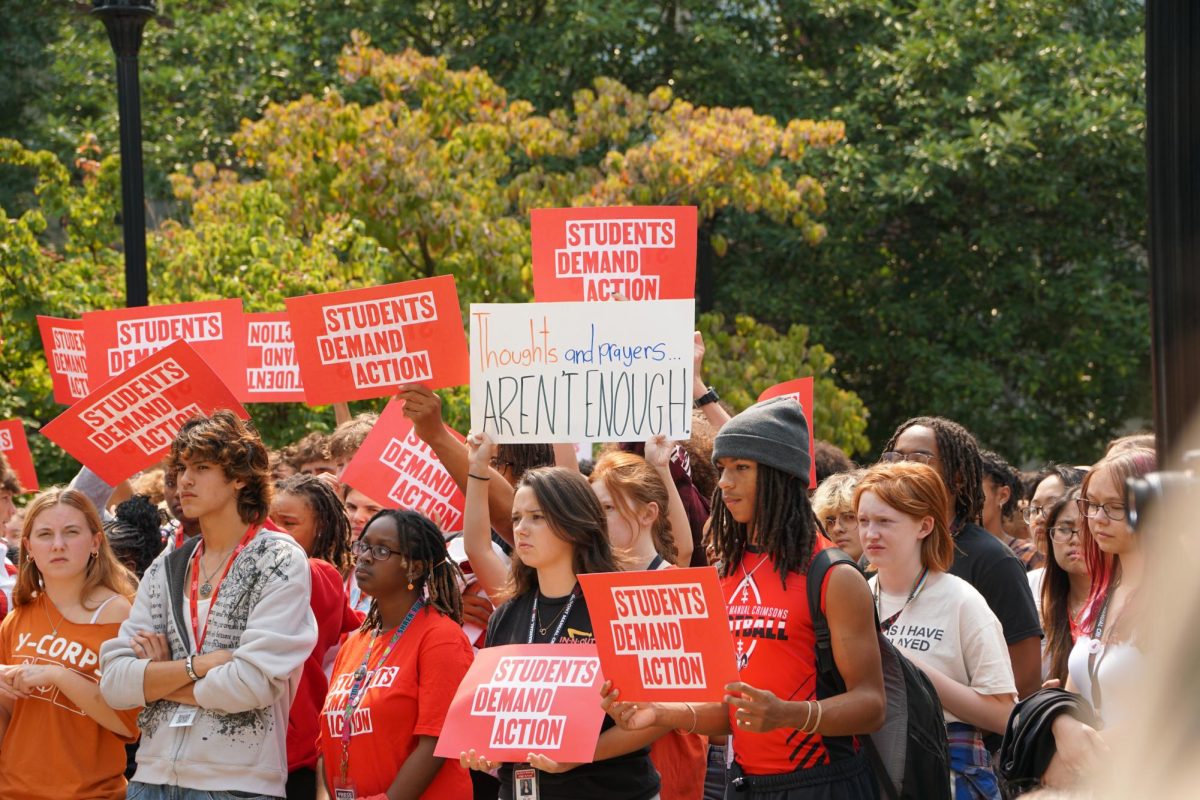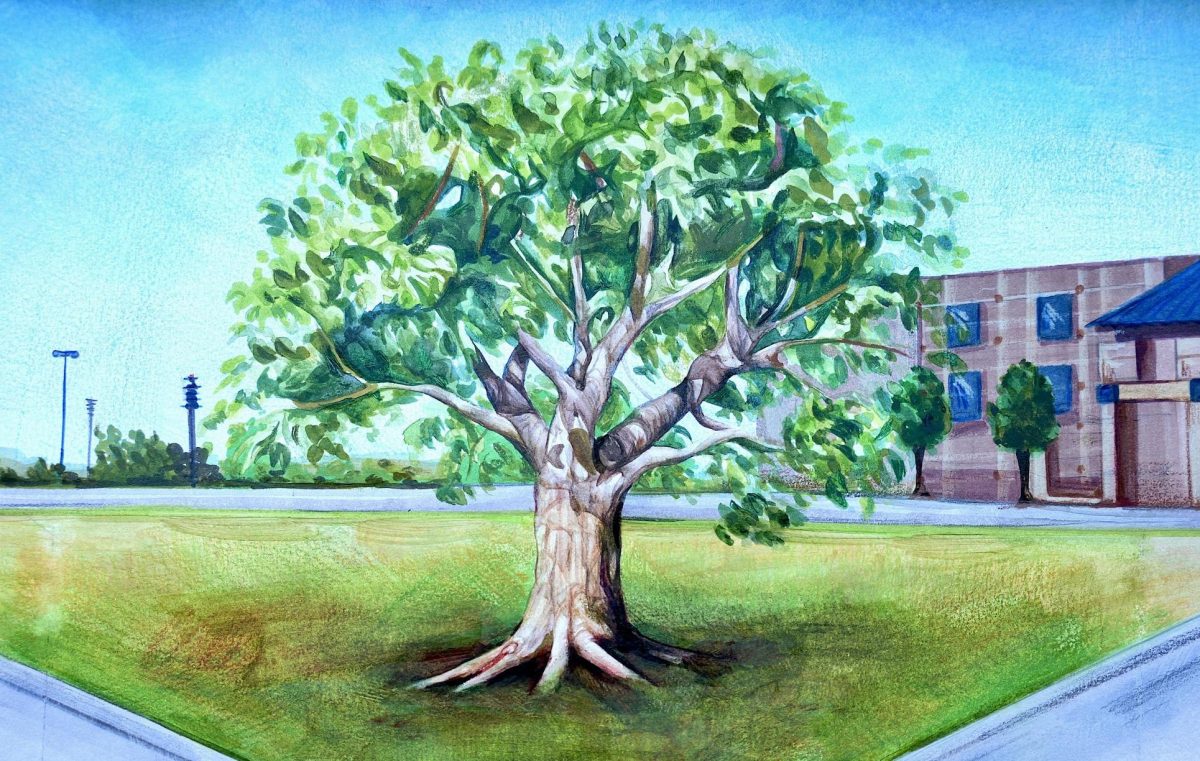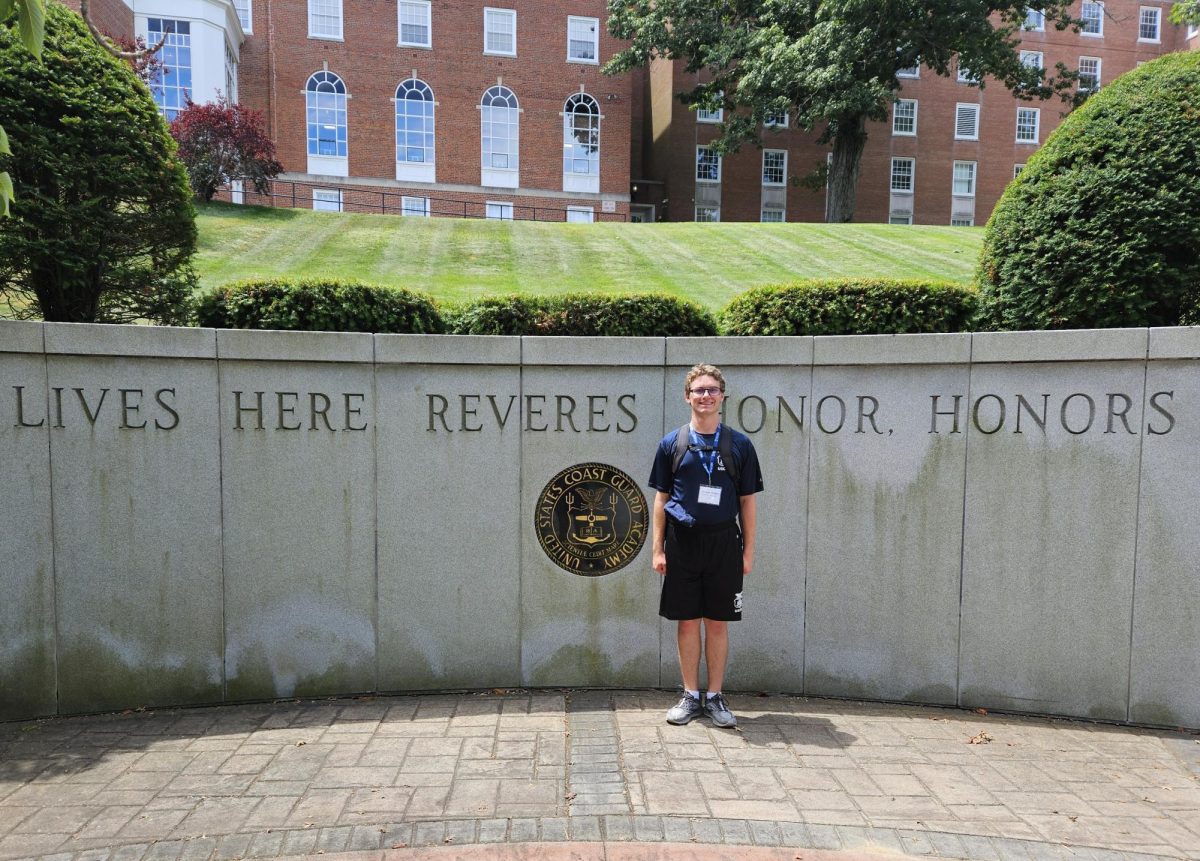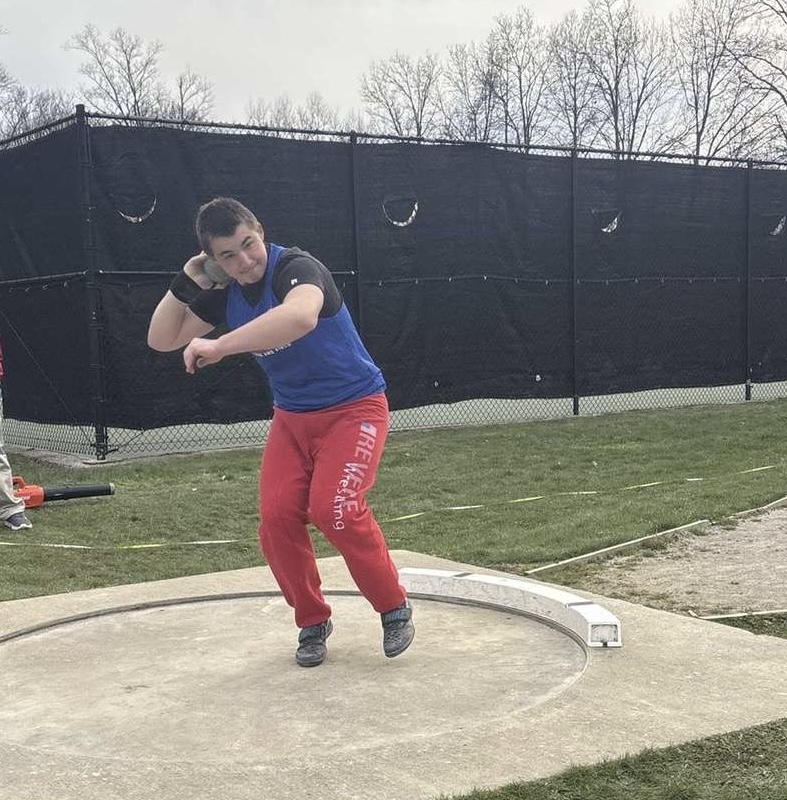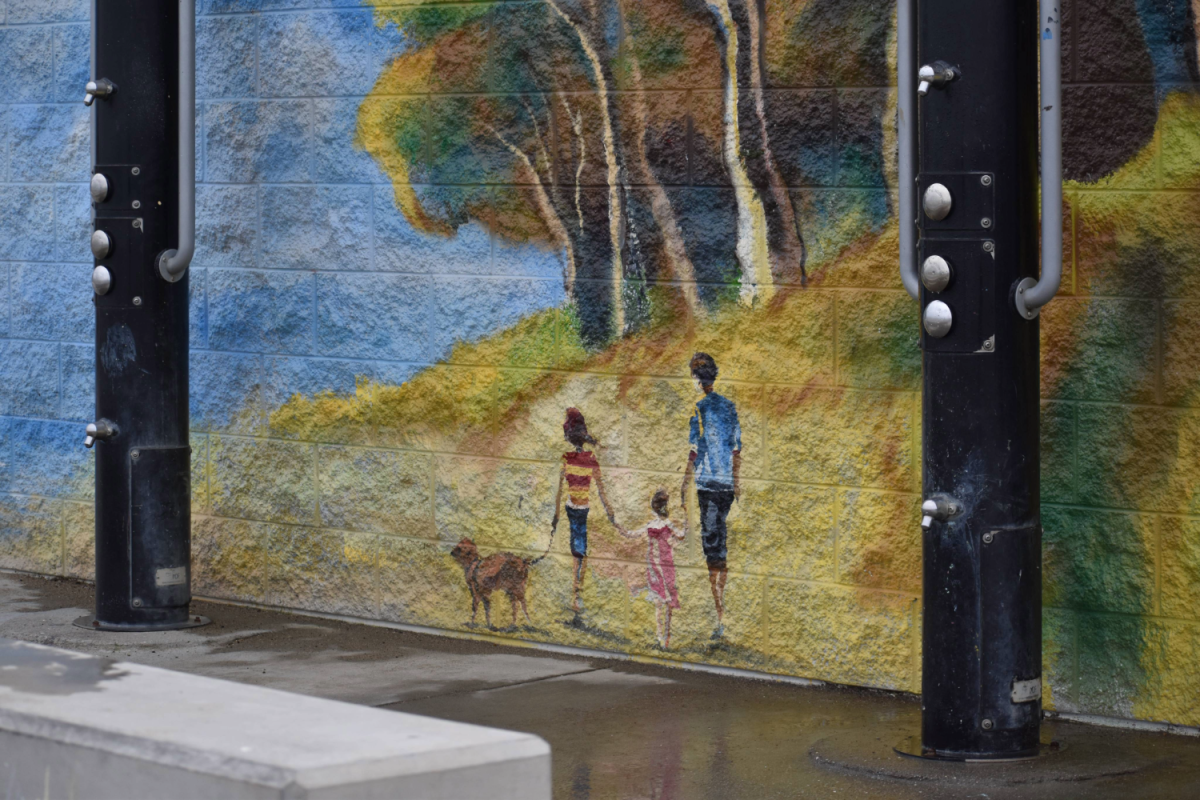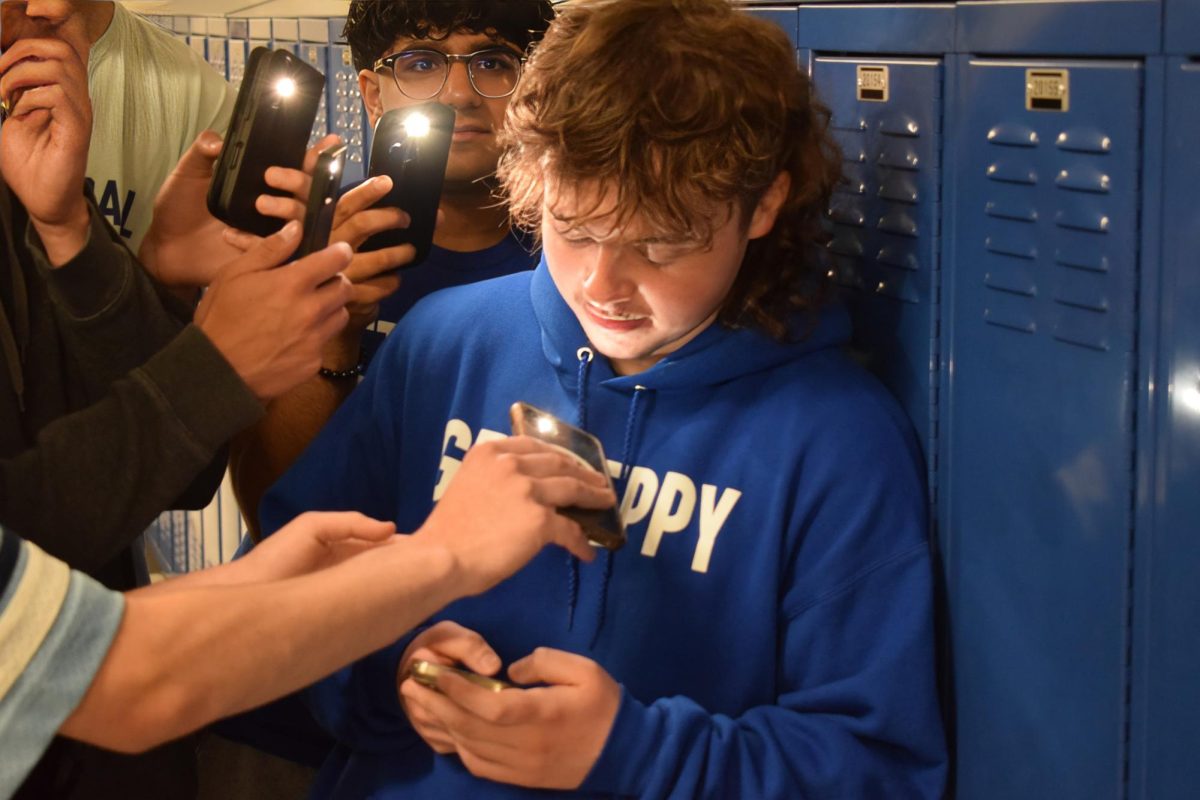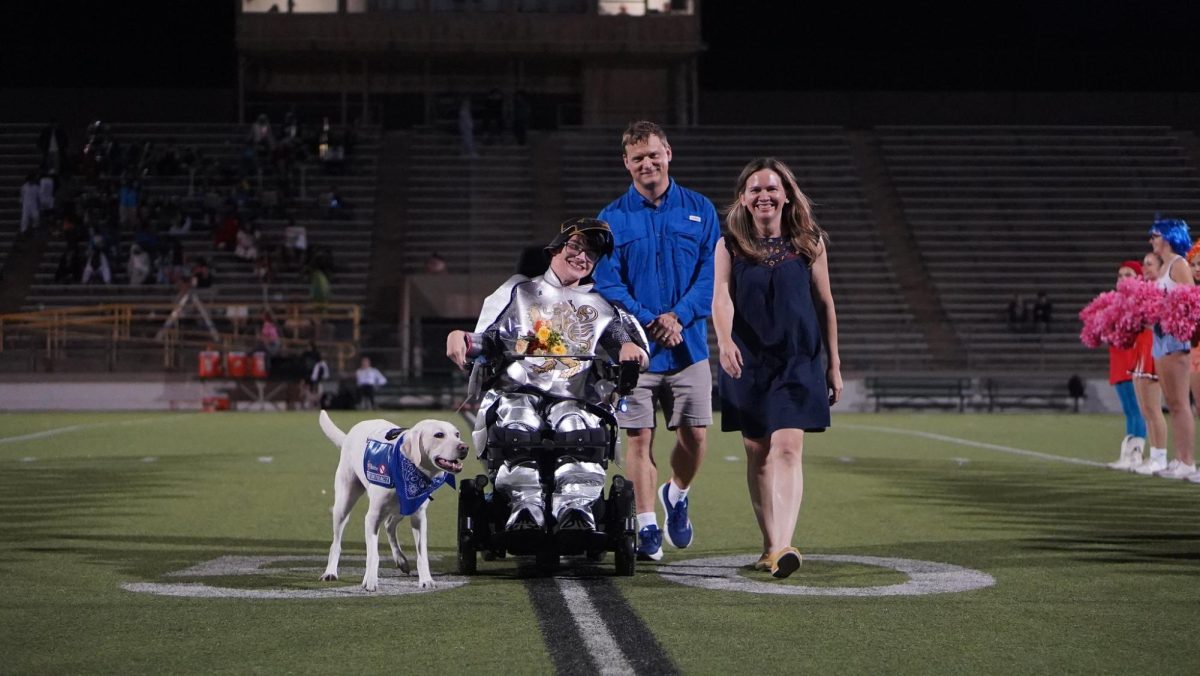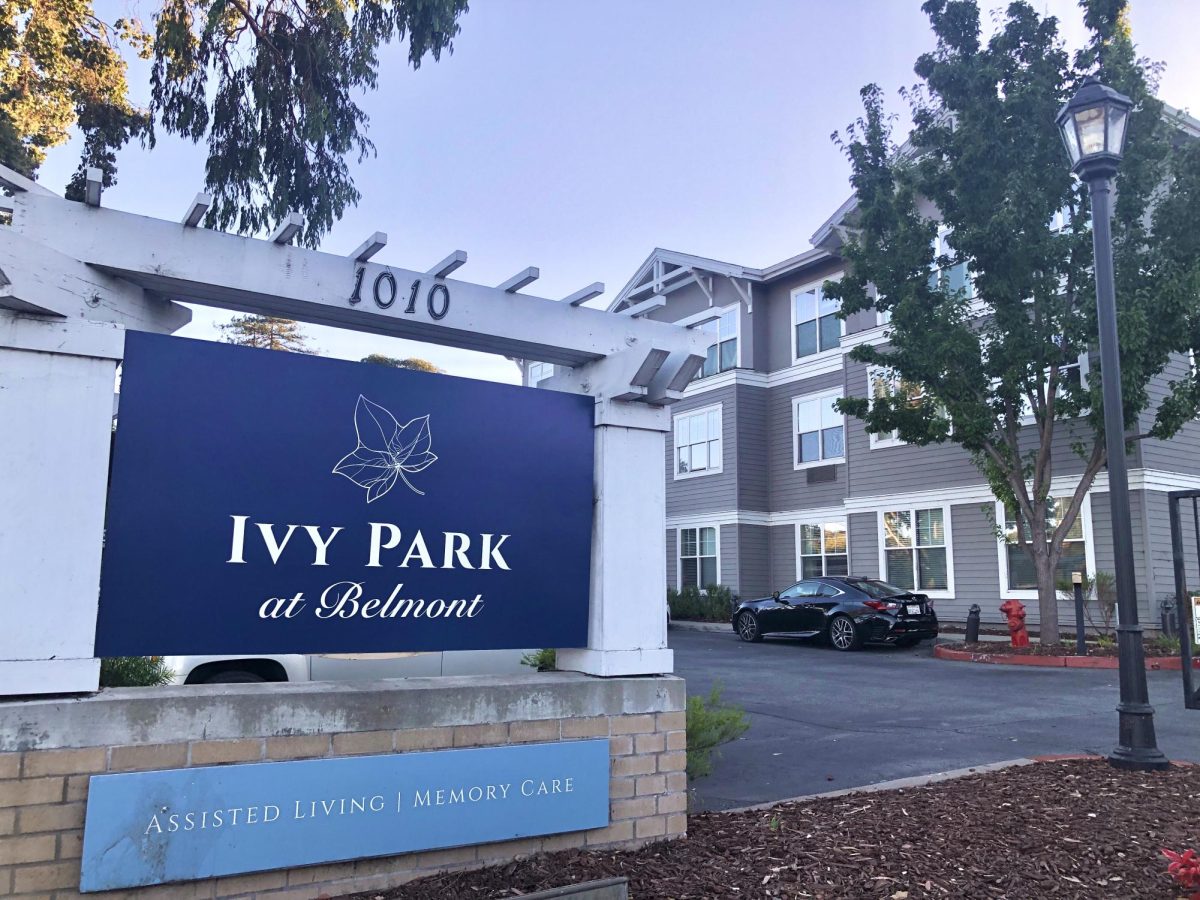The ongoing issue of staff shortages in the healthcare industry is impacting senior care centers — such as nursing homes and assisted living facilities — where insufficient staffing affects elderly residents’ physical and mental health.
According to the National Institute on Aging, nursing homes, or skilled nursing facilities, focus on medical care for older people, providing “nursing care, 24-hour supervision, three meals a day, and assistance with everyday activities.”
Assisted living facilities, another type of long-term care facility, provide similar services but focus more on daily care and less on medical care.
According to the American Health Care Association (AHCA) and the National Center for Assisted Living (NCAL), a survey in 2021 found that 94% of nursing homes face staffing shortages. The shortage is partly due to chronic underfunding of Medicaid for nursing homes, which “only covers 70% to 80% of the cost of care.”
The pandemic has also had a significant impact on nursing shortages—according to the National Council of State Boards of Nursing, 100,000 nurses left the workforce during the pandemic, and nearly one-fifth of the 4.5 million registered nurses, which amounts to 900,000, plan to leave by 2027.
“Nurses are the backbone of the healthcare system and are needed in all settings where care is delivered, including nursing homes, to provide an extensive array of healthcare services,” said Robert Rosseter, chief communications officer at the American Association of Colleges of Nursing.
According to Rosseter, due to the aging population, nurse retirements, and increasing opportunities for nurses, the demand for the nursing workforce continues to expand, creating an imbalance in supply and demand.
“Nurses are the healthcare providers who spend the most time with patients and play critical roles in patient education and recovery. Since the pandemic, we are seeing more reports about nurse dissatisfaction due to burnout, insufficient staffing, and poor working conditions,” Rosseter said.
The pay is another factor in staff shortages, especially at senior care facilities.
“After the COVID-19 pandemic, because there were so many traumatic experiences in nursing homes and assisted living, healthcare workers weren’t interested in going back. They’re also severely underpaid—there are a lot of better paying jobs elsewhere,” said Emiko Takagi, an associate professor in gerontology—the interdisciplinary study of aging and older adults—at San Francisco State University (SFSU).
As senior care centers struggle with understaffing, the residents experience the impacts of a lack of ability to provide care.
“If there isn’t enough staff in the facility, you get less attention. If you ask for help, you might have to wait 20 to 30 minutes just to go to the bathroom. A lack of staff means basic physical care goes down, which could definitely affect senior mental health,” Takagi said.
Furthermore, according to Takagi, seniors may feel neglected if they feel like they are receiving insufficient care.
“A lot of the time, if seniors don’t make connections or have interaction with staff, then they have less time to talk with people. It’s a vicious cycle if you don’t have good human resources at the facility,” Takagi said.
There is also a link between physical health and mental health that is more serious for seniors as compared to younger people.
“If you’re depressed, frail, and have less physical activity, mental health issues could really worsen the underlying conditions you already have,” Takagi said.
However, while certain diseases, especially related to memory, may significantly impact senior health, care facilities tend to provide activities to exercise the mind and combat these diseases.
“The brain is something that we have to keep active. For people with conditions like dementia and Alzheimer’s disease, any sort of stimulation brought by doing puzzles, listening to music, or art therapy is important,” Takagi said.
Yet, at the same time, the service cost is another barrier between seniors and the essential care provided by nursing homes and assisted living facilities, as such facilities are usually costly.
“Even if you need it, it’s not necessarily something that you can access,” Takagi said.
Other, more hidden barriers have a more significant influence on the treatment of seniors.
“If you think about how people make fun of older adults, that attitude can reflect on how staff treat residents in care facilities, which can negatively affect healthy residents. For older people who want to work, stereotypes surrounding aging make it difficult to get hired. Ageism is not as visible as racism or sexism, but it’s a big topic in gerontology,” Takagi said.
With underpaid staff and the resulting lack of sufficient workers, some residents feel the quality of care decreases dramatically.
“At one point, they had two people working at a time with about 17 or 18 residents. You couldn’t find anybody to buzz you in or out nor anyone to help you or your family member,” said Ashlee Bentley, whose mother formerly stayed at Oakmont, an assisted living center in Redwood City.
According to Bentley, her daughter made more at her regular job than the pay at Oakmont, which she believes contributes to the facility’s inability to attract qualified workers.
“The biggest issue facing seniors today is finding safe, loving, quality care when they need it most. There are many people that are utterly unqualified to care for seniors who are at huge risk of harm in ways ranging from physical harm, neglect, and financial harm,” Bentley said.
Marjorie Casison formerly worked at Mission Skilled Nursing and Subacute Center, a nursing home in Santa Clara, as an infection preventionist.
Casison’s patient and staff ratio at her previous job did not seem adequate enough to provide comfortable and safe care. Furthermore, isolation required for infection control often leads to many health consequences for patients.
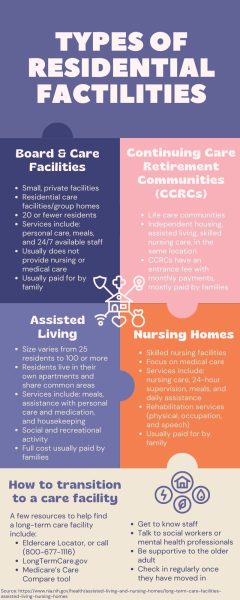
“When implanting an infection control program, certain diagnoses required patient quarantine to prevent the spread of infection, in which the patient’s interactions within the facility were limited to just essential needs. Social activities, dining, and visitation would only be allowed if certain criteria were met on a case-to-case basis,” Casison said.
According to Casison, despite the facility staff’s efforts to provide in-room activities and interaction, signs and symptoms of depression still manifested — she observed crying, a decrease in appetite resulting in weight loss, and excessive sleeping, among other indications.
One of her biggest concerns in nursing homes is the lack of experience and proper training among leadership and management. Casison suggests extensive training programs for staff to ensure they are qualified to care for patients.
“An inexperienced leader leading the team is like a blind person leading another blind person. It causes more harm than good,” Casison said.
According to Casison, being able to relate to patients is the fundamental requirement for leadership.
“If leaders don’t have experience, even if they’re smart enough, certain things cannot be cut off. If you’ve been in their shoes, you know how they feel because you can empathize. When they’re having difficulties, you’re able to help them, and it’s an advantage because health is not just physical health. There’s mental health as well,” Casison said.
During her time at the nursing home, each day was different — sometimes there would be heartwarming moments, but sometimes there would be conflicts.
“Healthcare is unpredictable. You just need to come and be ready for work. It’s not like office work where you do this, you check this, or you submit this. Each day, someone might be having an issue that wasn’t there yesterday,” Casison said.
Meanwhile, as ageism continues to cause problems for seniors and the general perception of older people, it’s essential to recognize that aging is a process that happens universally, regardless of identity.
“Stereotypes start when there’s a lack of communication across generations. Try to make more conversation with older people in your community, and don’t be shy. Make friends,” Takagi said.
This story was originally published on Scot Scoop News on November 12, 2023.


